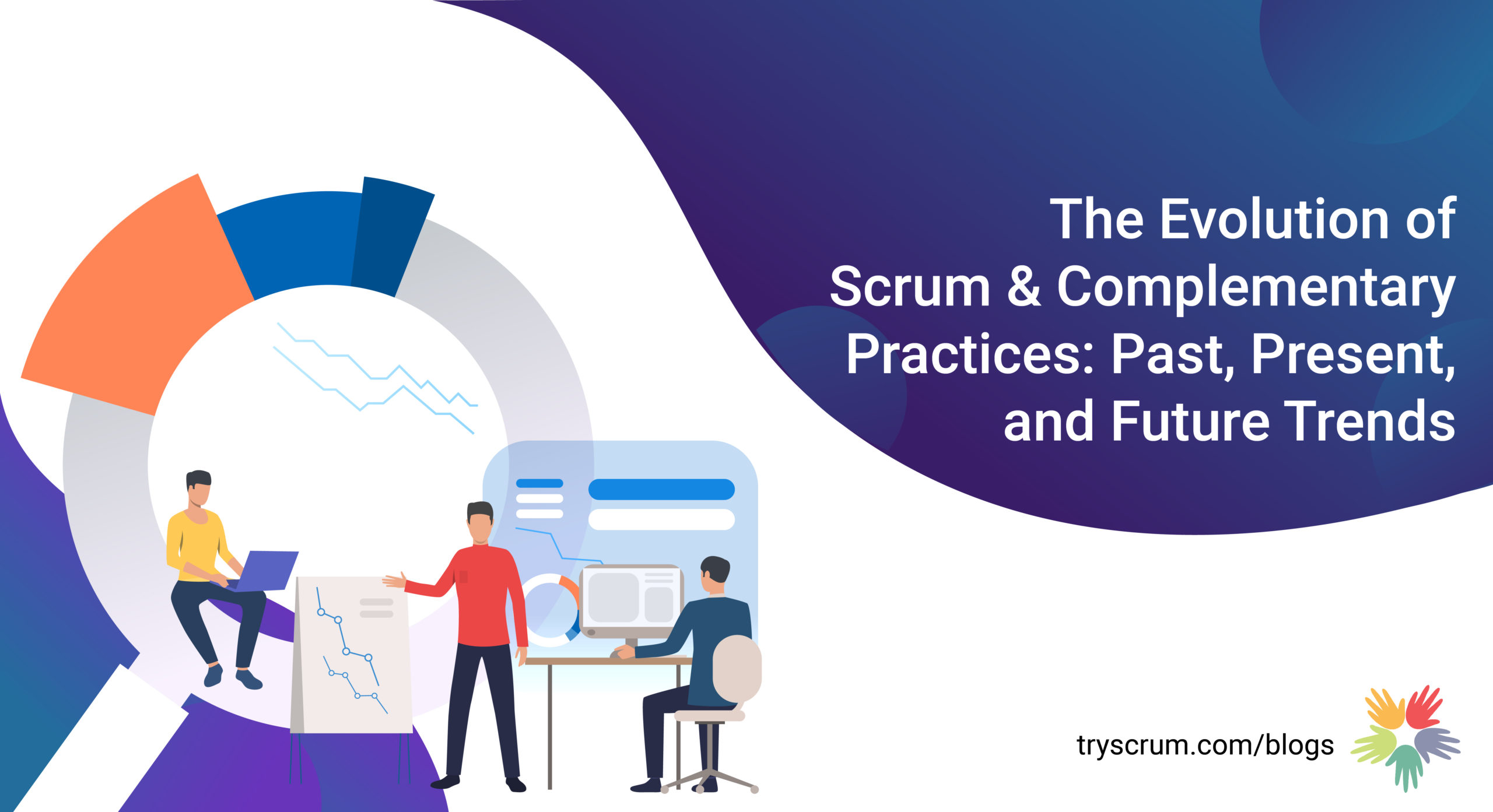
Agile Contracting in Government: Navigating Regulations and Driving Innovation
As Agile continues to gain traction in the government sector, contracting and procurement practices are also evolving to support this way of working. In traditional government contracting, contracts are often designed for a fixed scope and timeline, with strict deliverables and performance metrics. However, Agile methods emphasise flexibility, collaboration, and incremental delivery, which require a different approach to contracting. In this blog post, we’ll explore some examples of how government agencies can modify their contracts to support Agile working methods and drive innovation.
Modifying Contracts for Agile
One key aspect of Agile is the ability to adapt to changing requirements and priorities. This means that contracts must be flexible enough to accommodate changes throughout the project. Here are some ways to modify contracts to support Agile:
- Use a Statement of Objectives (SOO) instead of a Statement of Work (SOW): A SOO focuses on desired outcomes rather than specific tasks or deliverables. This allows for more flexibility and encourages collaboration between the government agency and the contractor.
- Incorporate Agile terminology and processes: Include Agile terms and processes in the contract, such as sprints, backlogs, and product backlog items stories. This helps to align expectations and ensure everyone is on the same page regarding the Agile approach. It is not about the language; consistent language should create consistent knowledge.
- Define a minimum viable product (MVP): Instead of specifying a fixed scope for the entire project, define an MVP that can be delivered quickly. This allows for incremental delivery and feedback, a crucial aspect of Agile.
- Allow for changes in scope and priorities: Include a process for changing the scope and priorities of the project as needed. This could include regular review and prioritisation meetings or a change control board.
Examples of Agile Contracts
Here are some examples of government agencies that have successfully implemented Agile contracts:
- United States Digital Service (USDS): The USDS has implemented Agile contracting practices across multiple federal agencies. One example is the contract for the Healthcare.gov website, which was redesigned using Agile methods. The contract included an SOO instead of an SOW, an MVP approach, and frequent review and feedback sessions.
- United States Air Force: The Air Force has been using Agile methods for software development and has modified their contracts to support this approach. One example is the Agile Basic Ordering Agreement (BOA), which allows for rapidly contracting software development services using Agile processes.
- Australian Department of Defence: The Australian Department of Defence has also embraced Agile methods and has modified its procurement processes to support this way of working. They have implemented a two-stage procurement process, including a high-level concept development stage and an Agile development stage. This allows for flexibility and collaboration throughout the project.
- Another example of agile procurement in the government sector is the US Department of Homeland Security’s (DHS) procurement process for its Agile Software Development Contract. DHS used a multiple-award, indefinite-delivery/indefinite-quantity (IDIQ) contracting vehicle to procure agile development services. The IDIQ contract vehicle provided DHS with a pool of pre-vetted agile development vendors that could quickly and easily be accessed through task orders. The contract also included several agile-specific requirements, such as frequent sprint reviews and the use of a product backlog.
- The UK Government Digital Service’s (GDS) procurement process for its Digital Outcomes and Specialists (DOS) framework. The DOS framework is an online marketplace for public sector organisations to procure digital services from pre-approved suppliers. The framework is designed to be agile and flexible, with short contract lengths and the ability to add or remove suppliers as needed. GDS also requires suppliers to follow agile development principles, such as user-centred design and iterative development.
Benefits of Agile Contracting
By modifying contracts to support Agile ways of working, government agencies can realise several benefits, including:
- Increased flexibility and adaptability: Agile contracts allow for changes in scope and priorities throughout the project, leading to better outcomes and more satisfied stakeholders.
- Improved collaboration: Agile contracts encourage collaboration between the government agency and the contractor, leading to better solutions and more innovation.
- Faster time to market: Agile contracts allow for incremental delivery and feedback, speeding up the time to market for products and services.
Conclusion
Agile contracting in government is a relatively new concept, but it is gaining momentum as agencies look for ways to drive innovation and improve outcomes. By modifying contracts to support Agile working methods, government agencies can benefit from increased flexibility, collaboration, and faster time to market. By learning from real
Further References
- “Agile Procurement: A Flexible Approach to Procurement,” by Neil Walker, published by the Chartered Institute of Procurement and Supply (CIPS)
- “Agile Procurement: Unlocking Innovation and Growth,” by Dr John Fesko, published by the National Contract Management Association (NCMA)
- “Agile Procurement: A Practical Guide to Buying Agile Services,” by Alex Adamopoulos, published by the Agile Alliance
- “Agile Government Contracting: Applying Scrum Methods to Federal Procurement,” by Greg Gomel and Jeff Sutherland, published in the Journal of Contract Management
- “Agile Contracting for the Public Sector: A Practical Guide,” by Dan Chenok, published by the IBM Center for The Business of Government




